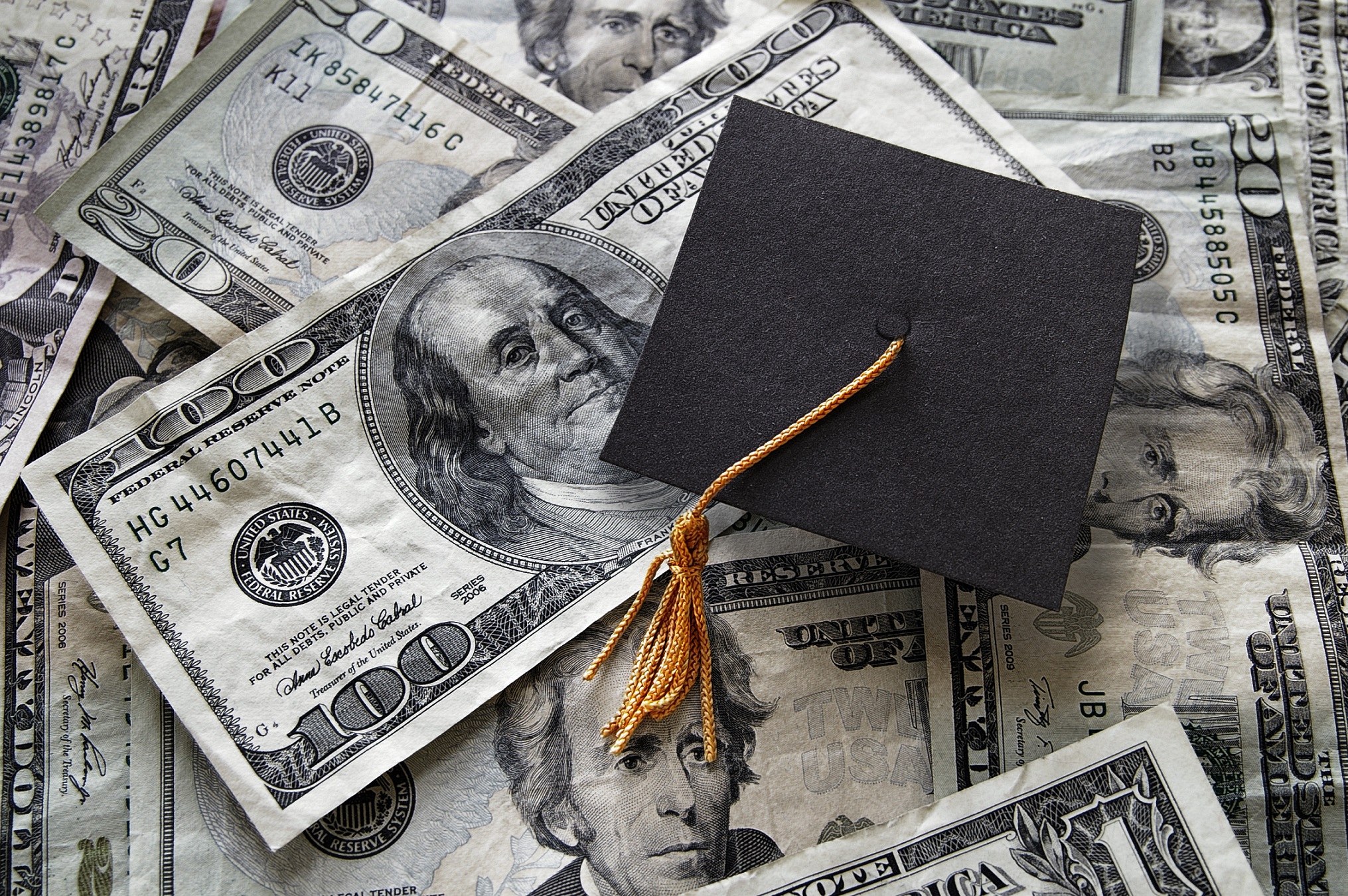The Biden Administration opened a new student loan repayment plan called Saving on a Valuable Education (SAVE). The administration launched a beta application, allowing borrowers to join the program early.
According to Federal Student Aid, the SAVE plan will replace the Revised Pay As You Earn (REPAYE) Plan. Like a typical income-driven repayment (IDR) program, it will tie a borrower’s monthly payment to their income. However, IDRs often come with significant drawbacks, including the possibility of accruing interest that could balloon a borrower’s debt. The Biden administration developed SAVE with a different approach to tackle this issue.
The Biden Administration unveiled the new beta site just months after the Supreme Court struck down President Biden’s student loan cancelation attempt. Student loan repayments restart this fall, following a three-year suspension due to the COVID-19 pandemic. Borrowers will see interest accumulate in September, with monthly payments recommencing in October.
Student Loan Debt and Black Women
A study conducted by The Motley Fool revealed that Black women were uniquely burdened by student loan debt. Black women carry a higher amount of student loan debt than other demographic groups. Unfortunately, Black women possess more than $41K in undergraduate student loan debt just one year after graduation.
One benefit of the SAVE plan is the elimination of remaining interest.
“The plan eliminates 100% of remaining interest for both subsidized and unsubsidized loans after a scheduled payment is made under the SAVE Plan,” the Federal Student Aid states.
In addition, the plan excludes spousal income for any borrower who is married, but files separately.
Signing Up for SAVE Plan
Borrowers can access the beta site on the Federal Student Aid’s IDR plan website. At the top of the page, they will see a link that reads “New: Apply for SAVE Plan.” The website allows borrowers to initiate an IDR application, including the choice to enroll in the fresh SAVE repayment plan.
“We are currently welcoming applications to assist us in fine-tuning our processes before the formal launch. Any IDR applications submitted now will be processed and won’t require resubmission,” the website reads.
According to the Education Department, if a borrower applies and doesn’t see the SAVE option, they should try again later. The Biden Administration said the SAVE option will be “available on and off during this beta testing period.”
The SAVE plan modifies the percentage of personal income borrowers must contribute monthly towards their student loan repayment. While existing IDRs for undergraduate loans require borrowers to pay 10% of income exceeding 225% of the poverty line, the SAVE plan intends to lower this to 5%, per the Biden administration’s announcement.
For borrowers holding both undergraduate and graduate loans, the plan will entail a payment of a weighted average ranging from 5% to 10% of their income. The administration further clarified that this calculation would be based on the original principal balances of their loans.
Factors to Consider When Applying
Borrowers can reduce their monthly payments by half or even to $0. The program is based on the size of income and family size. For instance, a four-family household with an annual income of $60K can repay $0/month.
The administration said others would save up to $1K yearly on repayments.
Who Qualifies for the SAVE Plan?
The Department of Education explained the SAVE plan is open to anyone with a direct loan in good standing. And those currently enrolled in the REPAYE plan will automatically be enrolled in the SAVE plan, and payments will be adjusted.
